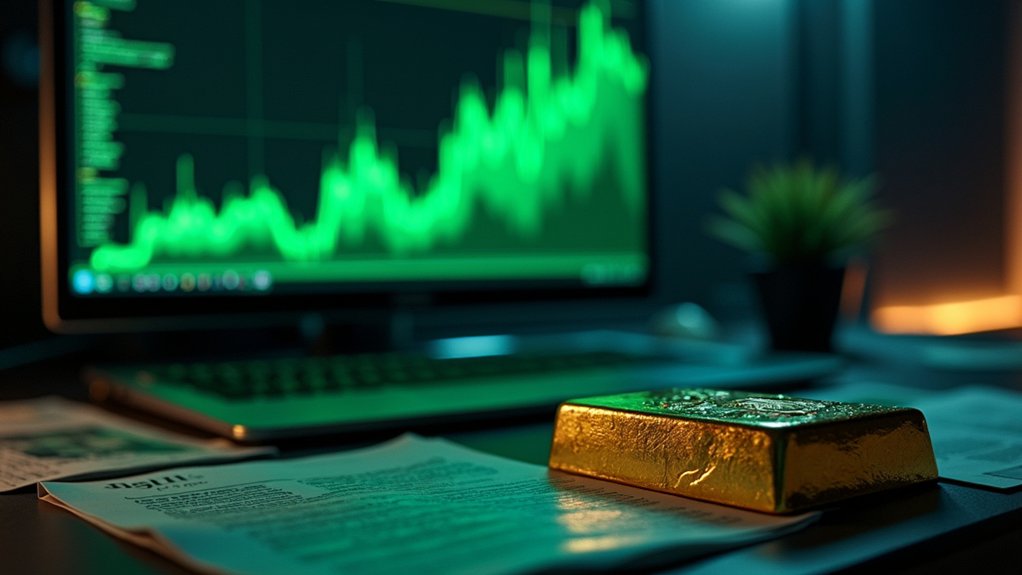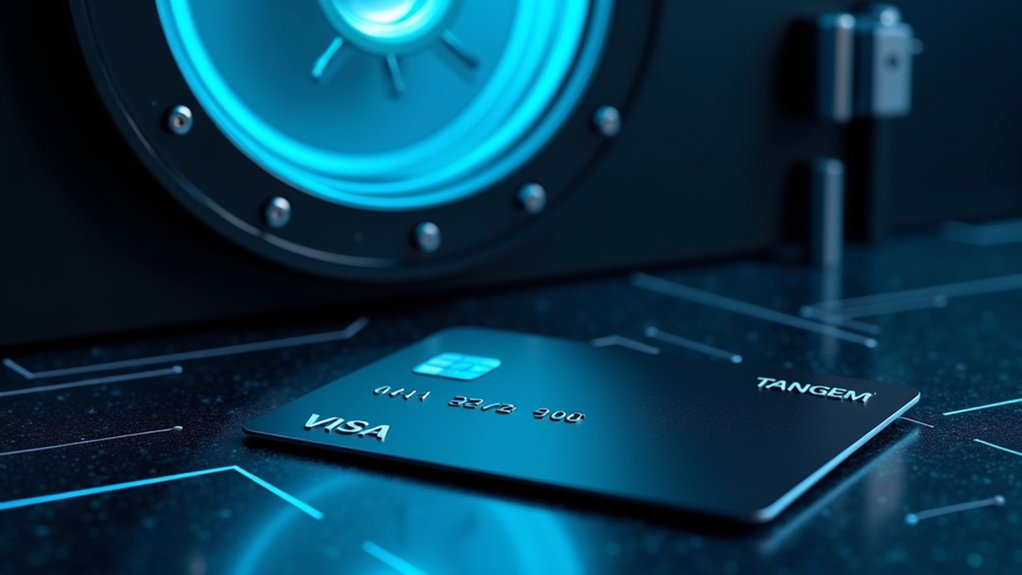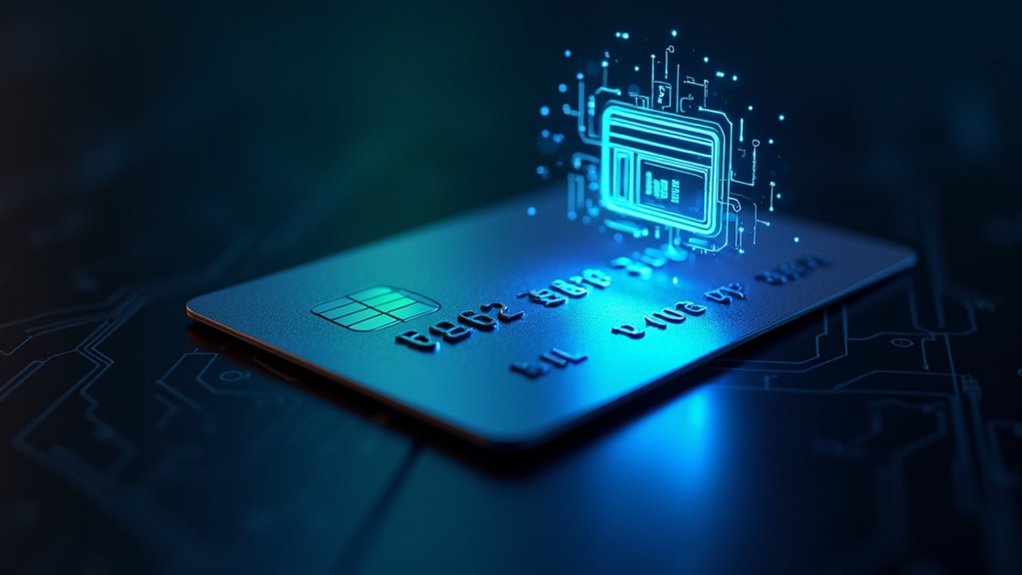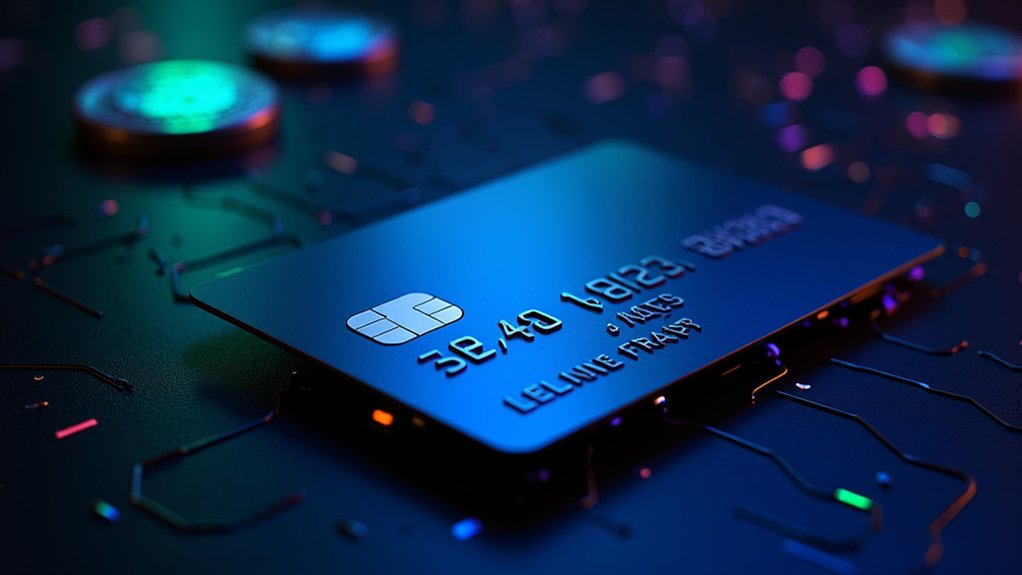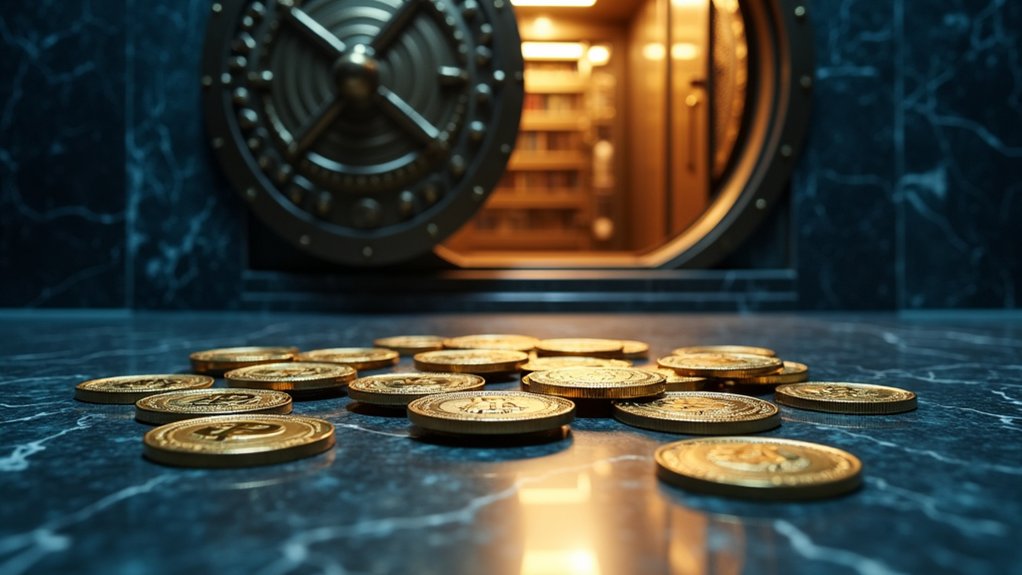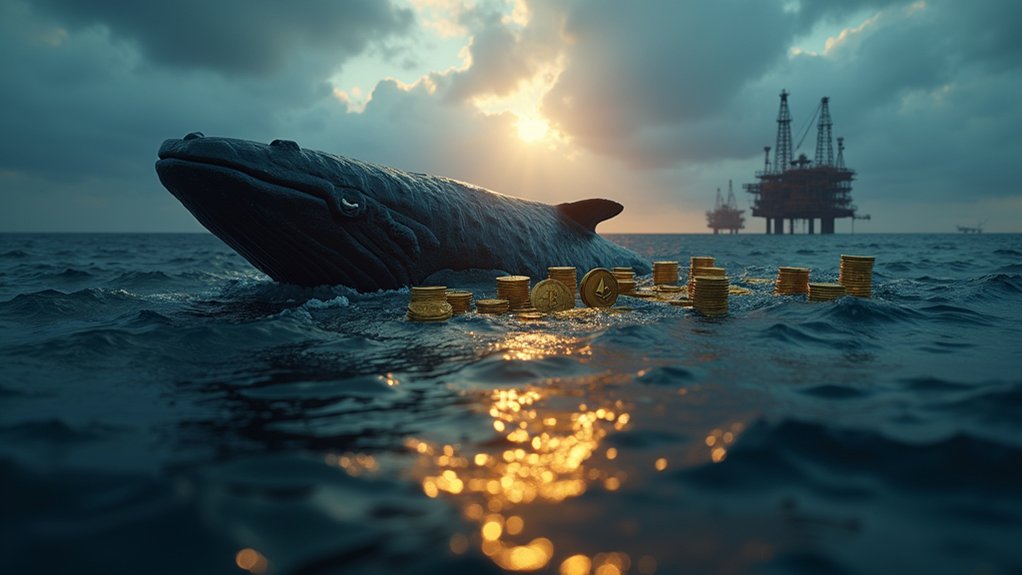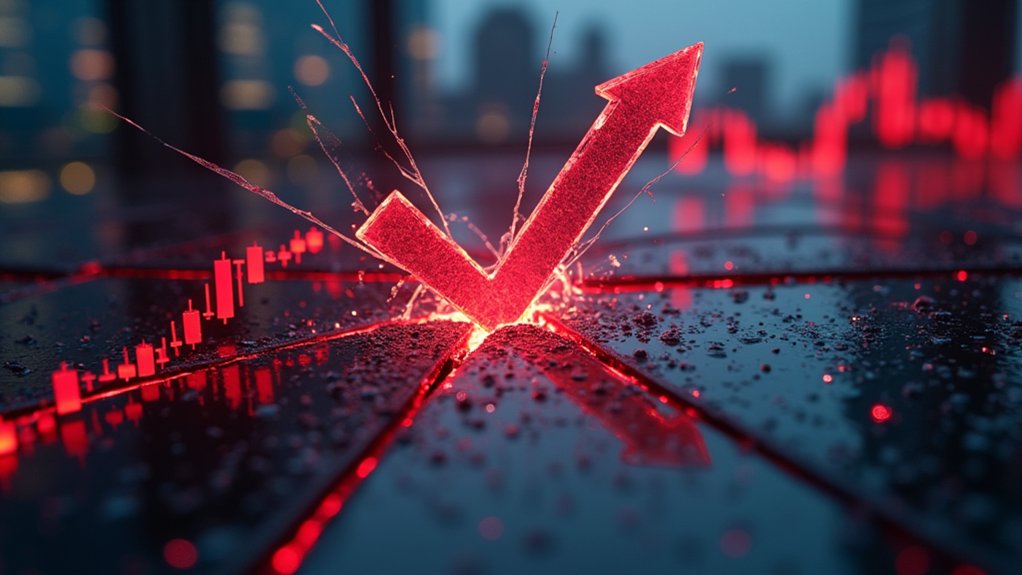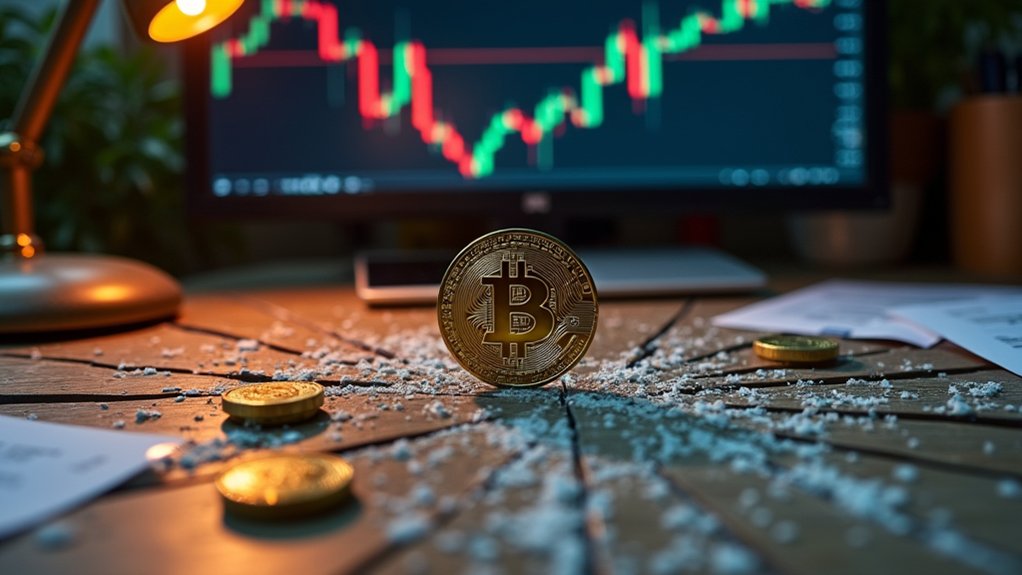The world of finance is buzzing with a peculiar kind of electricity, as Ripple, the blockchain trailblazer, secures a groundbreaking license from the Dubai Financial Services Authority (DFSA). Picture a dusty Dubai skyline, shimmering with ambition, where old-world banking meets cutting-edge tech. This isn’t just paperwork; it’s a key to enable faster, cheaper payments across the Middle East. Ripple, already a name in 55+ countries, can now wield its digital asset XRP within the Dubai International Financial Centre (DIFC). Is this the future—or a risky gamble?
Skeptics might scoff, clinging to the clunky, pre-funded accounts of traditional finance, where money moves slower than a camel in a sandstorm. Yet, Ripple’s On-Demand Liquidity (ODL) service, powered by XRP, promises instant cross-border transactions. Imagine a merchant in Dubai wiring funds to a supplier in Bahrain, the deal sealed before the coffee cools. The DFSA’s nod, a first for XRP usage, lets licensed DIFC firms integrate this tech. It’s a quiet revolution, humming beneath the glass towers of a city hungry to be a crypto hub.
Ripple’s regional HQ, planted in DIFC since 2020, now stands taller. The Middle East, with its massive remittance flows, is ripe for disruption. Will banks and payment providers embrace this, or dig in their heels, wary of blockchain’s wild reputation? There’s a whiff of irony here—Dubai, a desert jewel of tradition, betting on a digital frontier. The potential dazzles like sunlight on steel, yet doubts linger like evening shadows. If Ripple succeeds, the region’s financial heartbeat could quicken. For now, the world watches, torn between awe and a cautious squint, as Ripple rewires money’s ancient pathways. What’s next? Only time, and perhaps a few more licenses, will tell. With its minimal energy consumption compared to other cryptocurrencies, XRP positions itself as an environmentally conscious choice for the region’s financial evolution.

